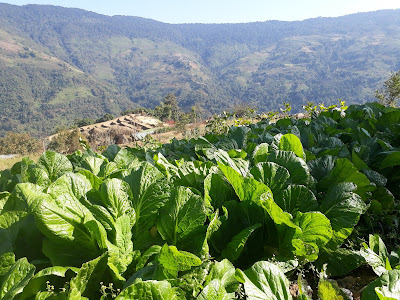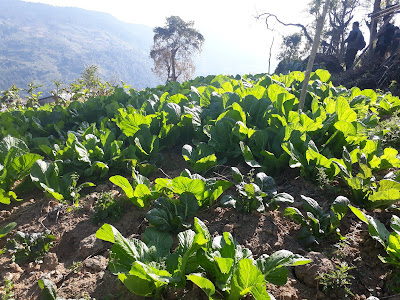Title: Light in the Darkness
Author: Norbu Jamtsho
Copyright year, 2015 Norbu Jamtsho. All rights reserved.
Published by Mr. Letho, CEO, Druk Satair Corporation Ltd, Samdrup
Jongkhar Bhutan.
Cover photo copyright @ 2015. Letho
Edited by Ashley Lenzen
Copy-editing by Mike Lenzen
Cover design by Mike Lenzen
The kind of book is a work of
fiction. The subject matter of this book is how we encounter difficulties,
suffering and learned to experience or to overcome those challenges through
one’s sheer hard work and determination. Author talks about concerning to religion,
culture, folktale, myth and legend and narrated true stories of his childhood
and schooling days.
The sole reason why he had come
out with this book is to advocate among all readers that nothing is impossible
and everything can be possible if one stick onto commitment and perseverance with full
optimism. He wanted to share messages to the world especially the youth that if
someone does keep core humanity value like kindness, honesty and put real hard
work and determination with faithfulness- lead onto path of success and will
serve as exemplary to everyone.
The other rationale author wants
to take us though is bitter experience of family drama to schooling challenges
to parental caring responsibilities to his younger brothers and sisters. Author
also expressed his heartfelt gratitude and acknowledgement to all kind and
generous people who supported both financially and morally during time of
needs. So, this work of honest and generous sharing also epitomes home take
messages that everyone should at all never forget those people who supported
and backed up for leading into success
and prosperous lives.
Perhaps it talks about precious
human lives, essence of sharing and support cultures onto basic human need i.e.
food, shelter and clothing. Author also touched upon importance of education as
enlightens from darkness and he expressed immense gratitude to our great His
Majesty the 5th King, Jigme
Khesar Namgyel Wangchuck for awarding merit certificate which really further
inspire and motivates one and all to
study and success.
The author style or technique of
writing is on the basis of narrative non-fiction using poetic mood. In this way
it really catches clarity, conscience and cohesion of readers so as to
communicate/inspire those following suites. All quotes cited here in this book
chapter are educational based quoted by great philosophers.
The nutshell of this book is
there are impermanent of all thing and karmic nature based on cause and effect
will take us toll. Focus on hard work
and determination with caring society is key note for light in the darkness.
Book reviewer note: Please help or support him by buying this book and pass the message onto book enthusiast and lovers.






























